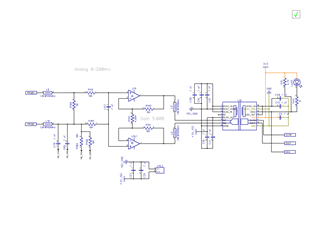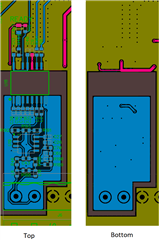Other Parts Discussed in Thread: AMC3301
I'm attempting to debug an issue with an AMC3336 not linearly scaling. MCU is stm32 with dfsdm, but I'm also using a logic analyzer to validate the scaling range.
What I'm seeing is that everything scales correctly from a differential range of about -0.675 to +0.550. At +1V I'm getting about 50768 rather than the 58982 ideal value for 1V, and at -1.060 I'm getting 10887 rather than idea of 6553. All signals are dc.



